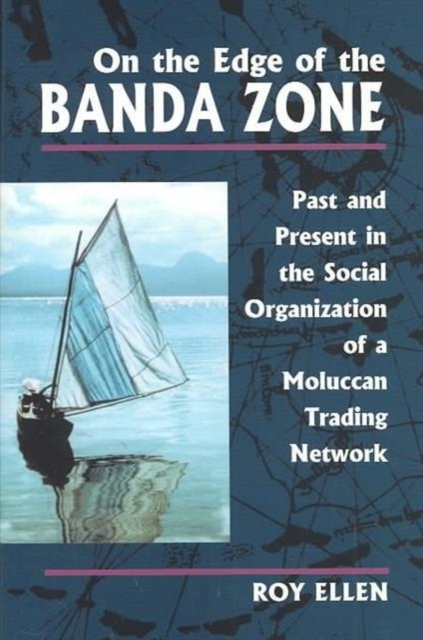
On the Edge of the Banda Zone : Past and Present in the Social Organization of a Moluccan Trading Network Hardback
by Roy Ellen
Hardback
Description
The impact of the Indonesian spice trade on global and, more particularly, European history has been widely acknowledged.
This study focuses an anthropological lens on the dynamics of trade in a specific area: that incorporating the Seram Laut and Gorom archipelagos (and the adjacent mainland) or east Seram, in the Moluccas.
The point of departure for Roy Ellen's analysis is a description of trade relations in the east Seram zone between 1970 and 1990, but the wider importance of the data presented here is apparent: for 500 years (and probably much longer), it has served as a corridor between Eurasia and the southwestern Pacific and played a vital role in the production and distribution of nutmeg and other high-value commodities that have for centuries had an impact on the global economy.
The islands themselves are minute and fragile ecosystems, ultimately dependent on the local networks of which they are a part and on the long-distance trade that has bound them to mainland Asia and beyond.
Drawing on the author's fieldwork as well as archival and secondary sources, this eclectic volume demonstrates the enduring continuities in the local system as it comes into contact with the changing outside world.
It illuminates how barter, ecological and ethnic divisions of labour, exchange patterns, and the organization of trade between the peoples of the New Guinea coast and eastern Seram, help us make sense of long-term cycles and trends.
The text not only provides readers with a ""production-end"" account of the spice trade and an ethnography of a culturally distinctive part of Indonesia, but also forces us to rethink conventional approaches to the study of trade and the relationship between island Southeast Asia and the Pacific.
Information
-
Out of Stock - We are unable to provide an estimated availability date for this product
- Format:Hardback
- Pages:368 pages, 36 illustrations, 22 maps
- Publisher:University of Hawai'i Press
- Publication Date:31/07/2003
- Category:
- ISBN:9780824826765
Information
-
Out of Stock - We are unable to provide an estimated availability date for this product
- Format:Hardback
- Pages:368 pages, 36 illustrations, 22 maps
- Publisher:University of Hawai'i Press
- Publication Date:31/07/2003
- Category:
- ISBN:9780824826765






